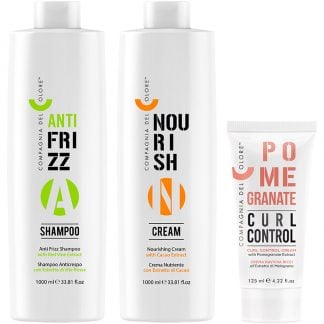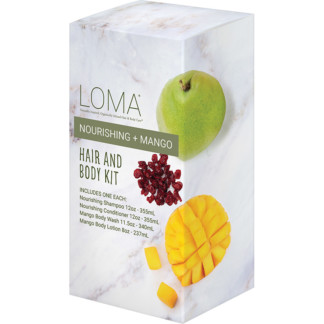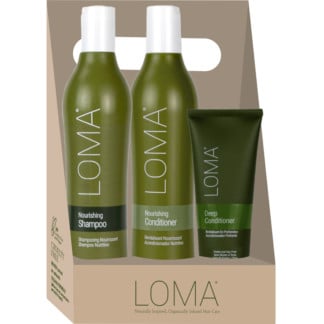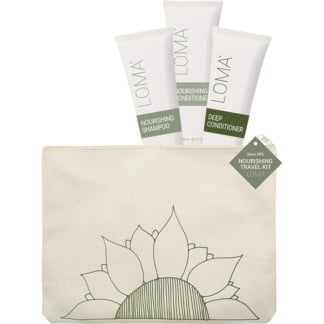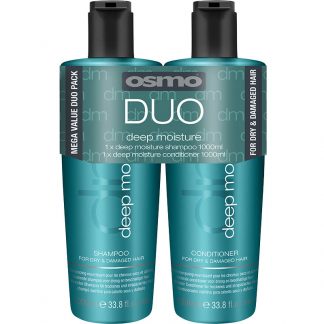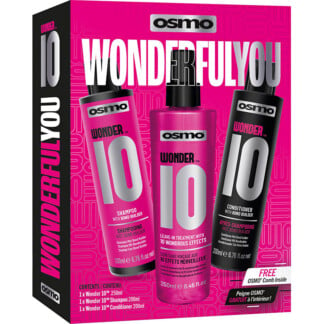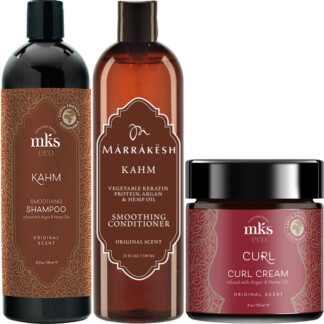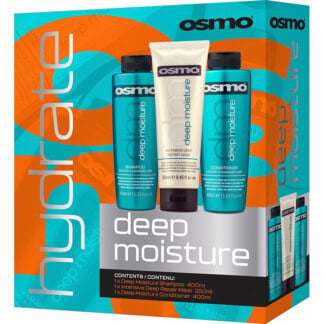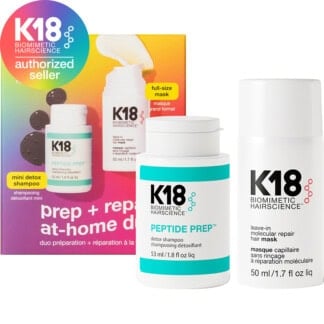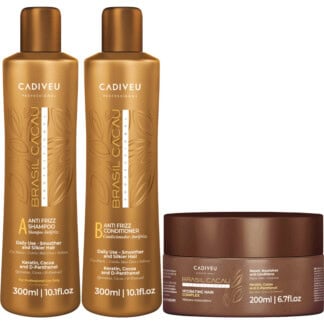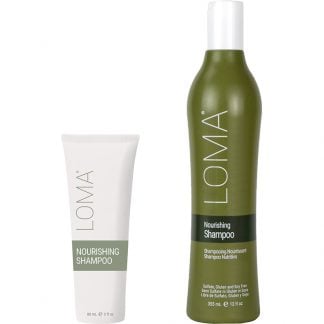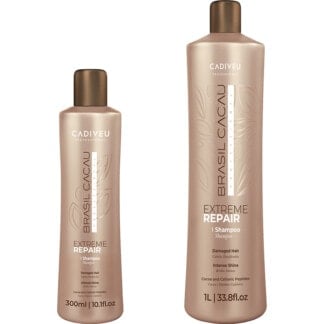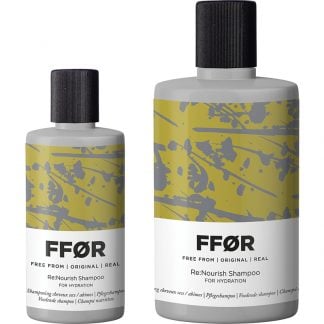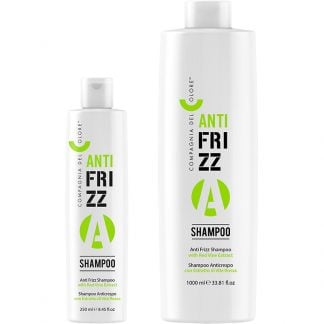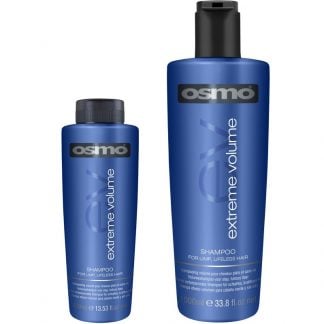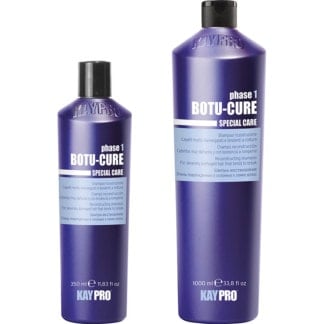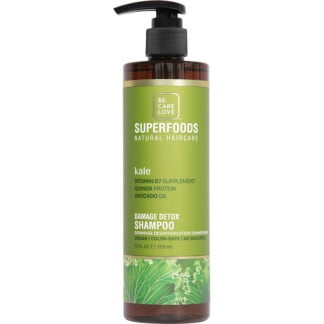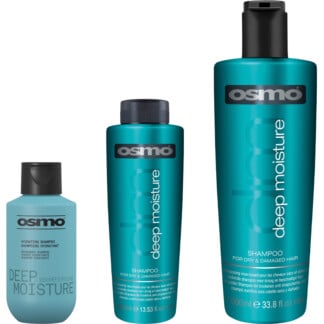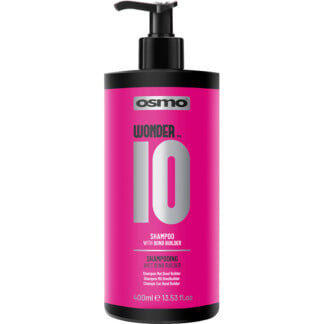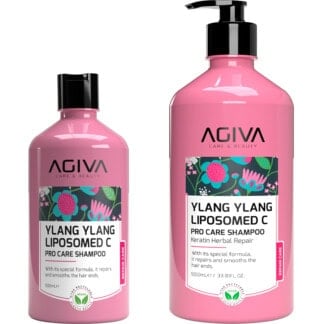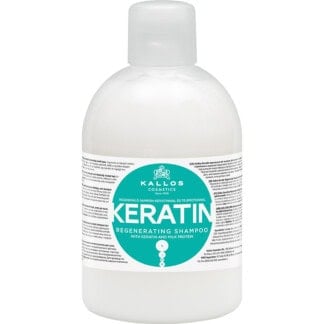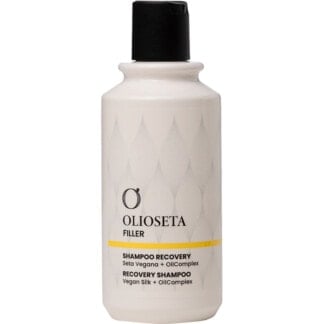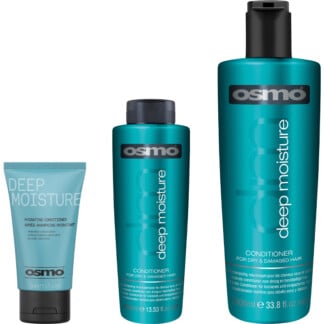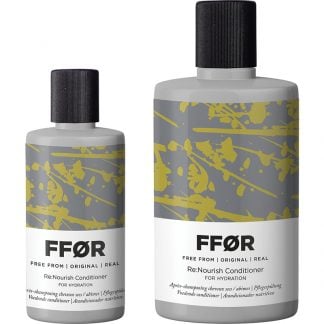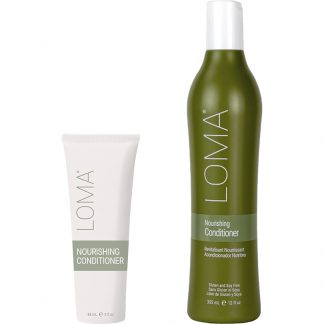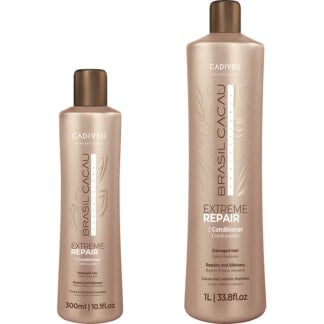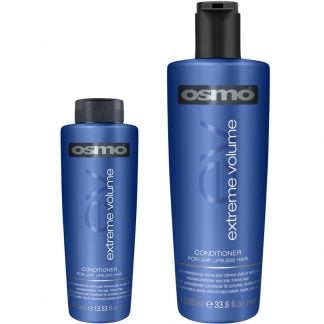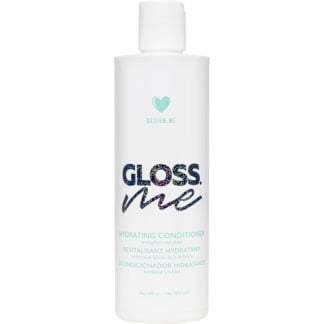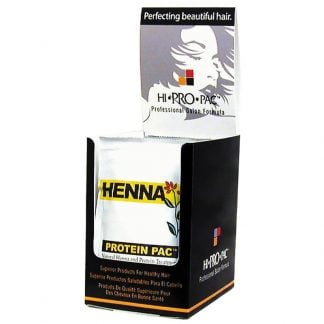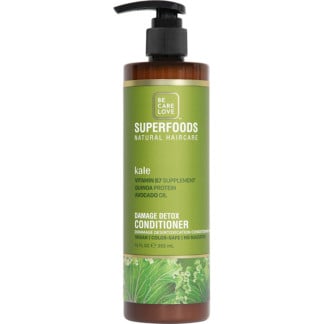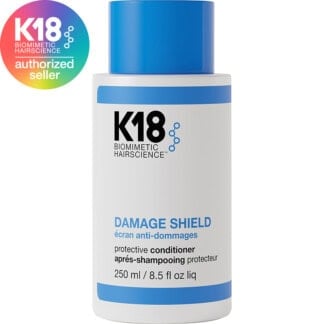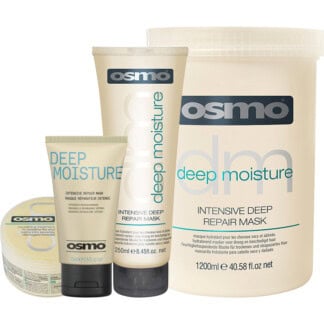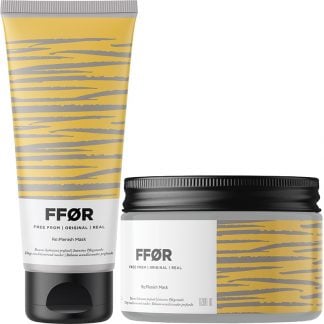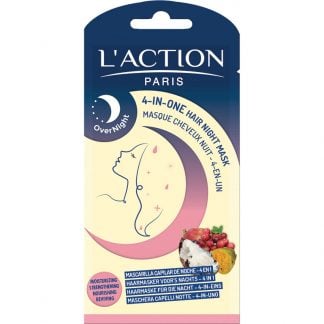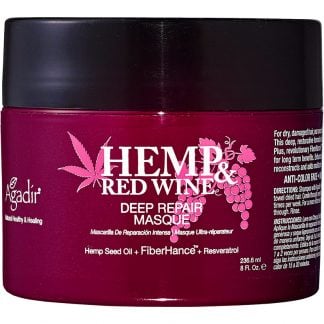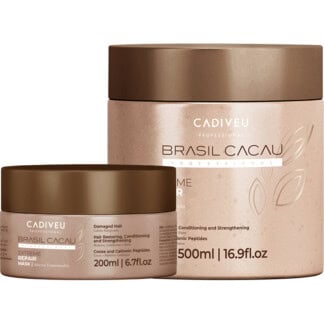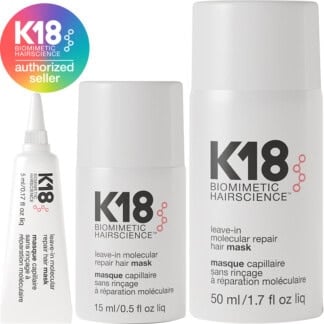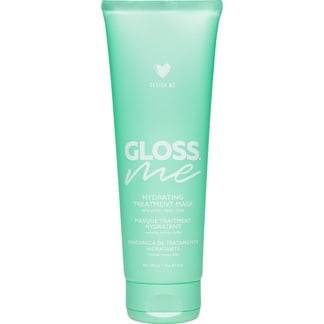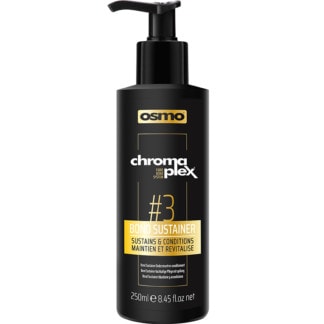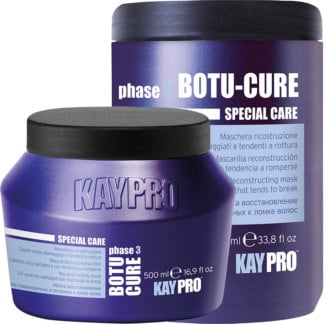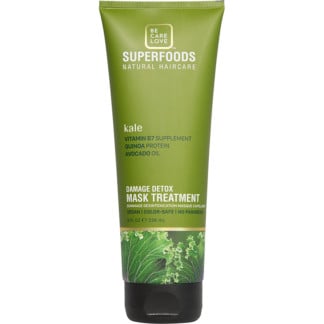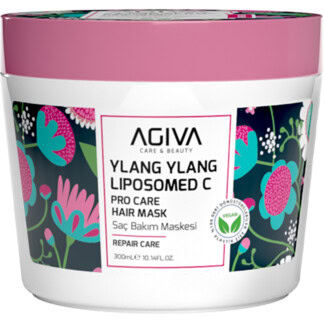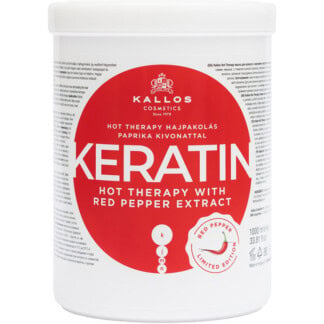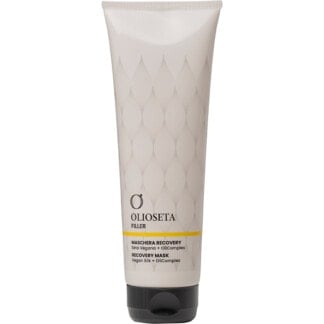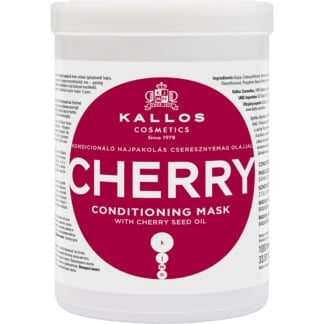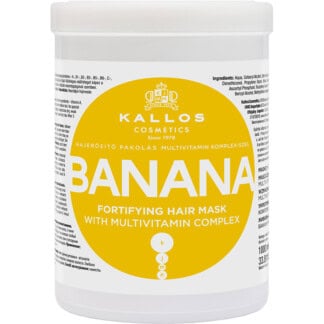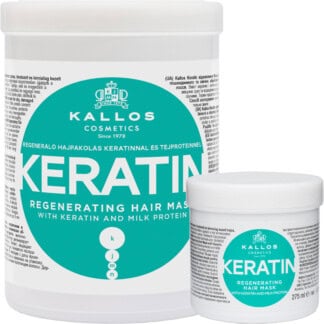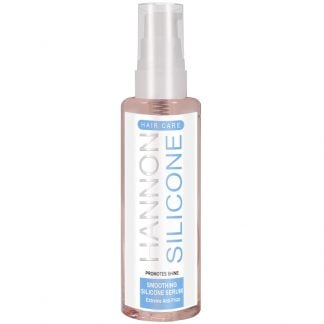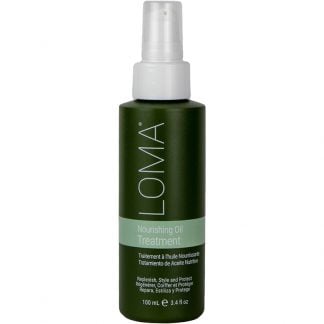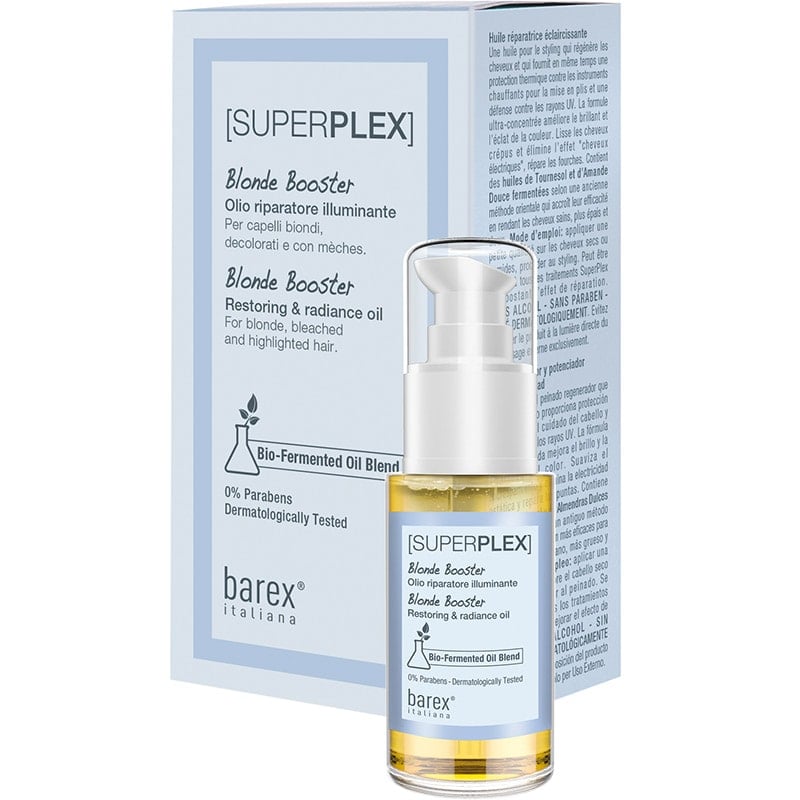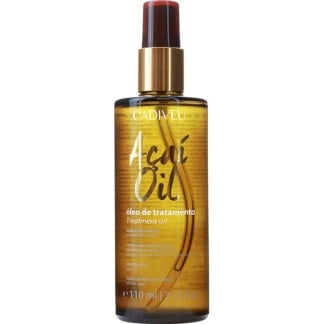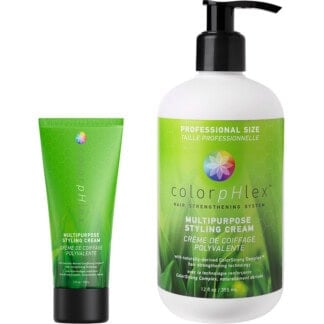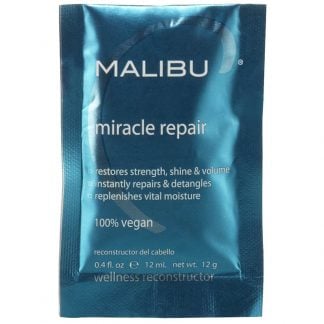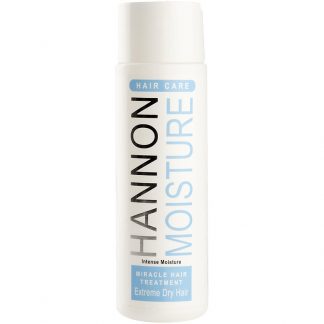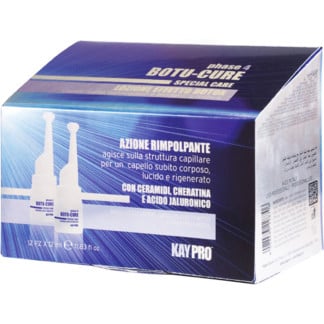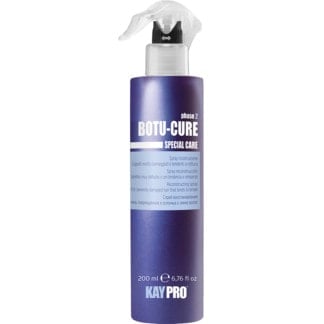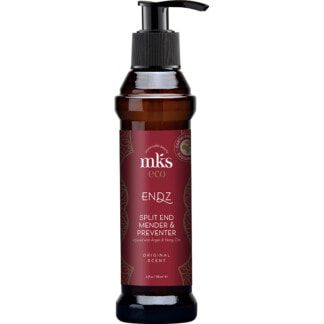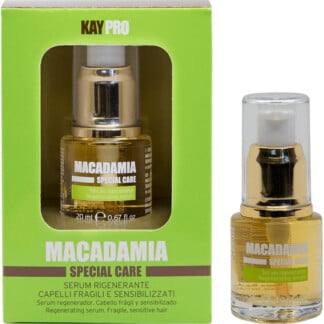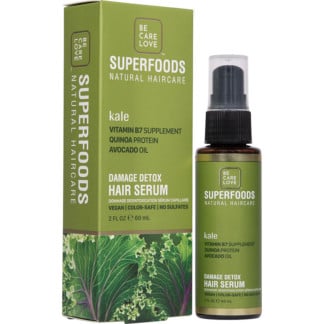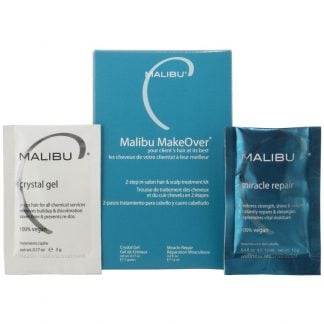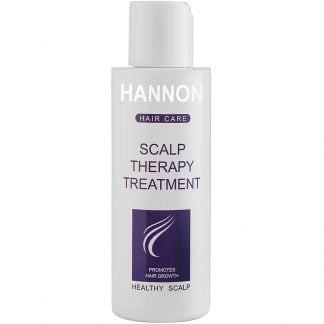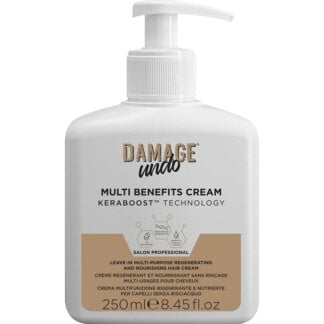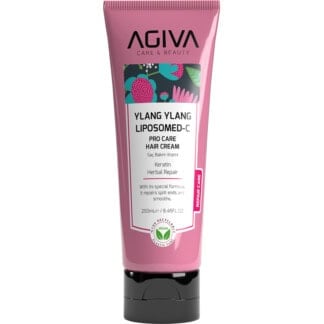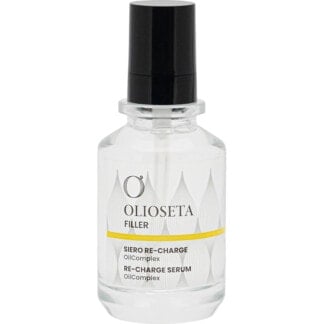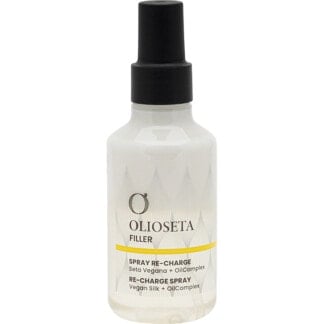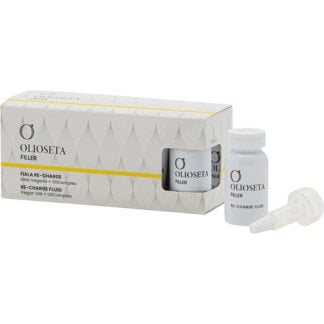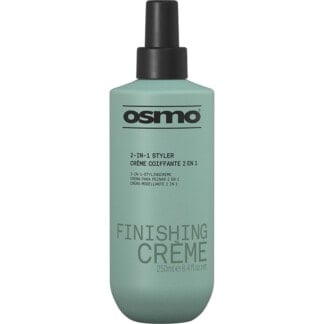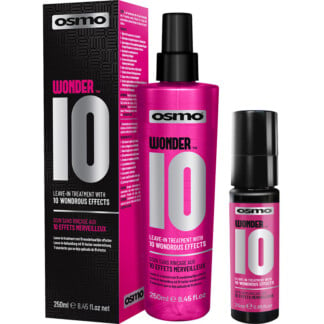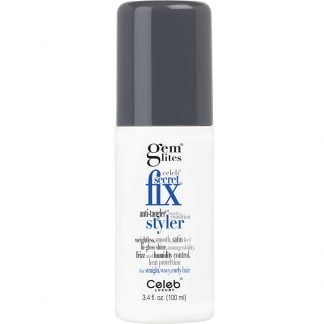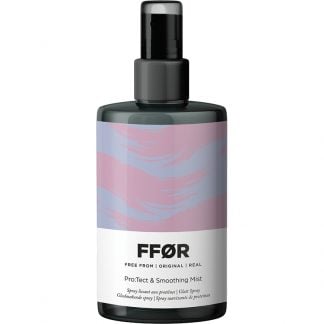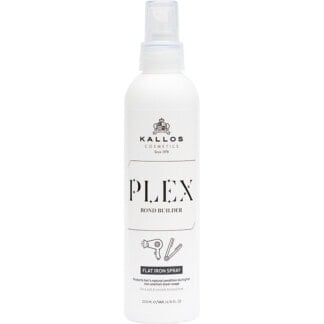
Split Ends Driving You Crazy?
Split ends on hair are unsightly, irritating and can’t be completely fixed, but split ends can be treated and prevented by using the correct hair products.
How to fix split ends
The simplest way to fix split ends is to trim them off. If a split ends haircut isn’t an option, you can temporarily seal the strands and keep your hair looking healthy and sleek to prevent further breakage by using the right hair products.
For in-depth information about what causes split ends, see our split ends FAQ below.
Split ends core solutions
A core, three-step regimen actively works to mend the cuticle surface for hair with split ends and to prevent their future formation. Our products use the hydrating power of natural oils, such as Brazilian cacau, linseed, jojoba, macadamia, olive, argan and hemp, to treat split ends in hair.
-
CDC Split Ends Essential Solution
Rated 0 out of 5From R547.40 Select options -
LOMA Nourishing + Mango Hair & Body Kit, 4 Pieces
Rated 0 out of 5R835.00 incl. VAT Add to cart -
LOMA Nourishing Trio Kit
Rated 0 out of 5R880.95 incl. VAT Add to cart -
LOMA Nourishing Trio Travel Kit with Cosmetic Bag
Rated 5.00 out of 5R399.00 incl. VAT Add to cart -
OSMO Deep Moisture Banded Pack Duo Shampoo & Conditioner (2 x 1 Litre)
Rated 4.89 out of 5R1,090.34 incl. VAT Add to cart -
OSMO Wonder 10 Gift Pack, 3 Pieces
Rated 4.00 out of 5R608.10 incl. VAT Add to cart -
MKS eco Split Ends Essential Solution
Rated 0 out of 5R544.48 incl. VAT Add to cart -
OSMO Deep Moisture Gift Pack, 3 Pieces
Rated 4.71 out of 5R466.97 incl. VAT Add to cart -
K18 Prep + Repair At-Home Duo Set, 2 Pieces
Rated 0 out of 5R1,270.48 incl. VAT Add to cart -
Brasil Cacau Essential 3 Step Solution
Rated 5.00 out of 5R508.00 incl. VAT Select options
Best shampoo for split ends
A specially formulated shampoo is mild enough to cleanse without damaging your hair but powerful enough to prevent and mend split ends by regenerating the inner and outer hair by replenishing lost moisture.
-
LOMA Nourishing Shampoo
Rated 0 out of 5R157.20 – R526.70 incl. VAT Select options This product has multiple variants. The options may be chosen on the product page -
Brasil Cacau Extreme Repair Shampoo
Rated 4.90 out of 5R263.79 – R694.68 incl. VAT Select options This product has multiple variants. The options may be chosen on the product page -
FFØR Re:Nourish for Hydration Shampoo
Rated 5.00 out of 5R169.66 – R333.77 incl. VAT Select options This product has multiple variants. The options may be chosen on the product page -
CDC Daily Care Anti-Frizz Shampoo
Rated 4.50 out of 5R135.54 – R286.74 incl. VAT Select options This product has multiple variants. The options may be chosen on the product page -
OSMO Extreme Volume Shampoo
Rated 4.88 out of 5R236.22 – R527.96 incl. VAT Select options This product has multiple variants. The options may be chosen on the product page -
KAYPRO Botu-Cure Shampoo for Damaged Hair
Rated 4.88 out of 5R202.50 – R337.50 incl. VAT Select options This product has multiple variants. The options may be chosen on the product page -
Be Care Love SuperFoods Damage Detox Shampoo, 355ml
Rated 0 out of 5R435.00 incl. VAT Add to cart -
OSMO Deep Moisture Shampoo
Rated 4.86 out of 5R97.62 – R486.89 incl. VAT Select options This product has multiple variants. The options may be chosen on the product page -
OSMO Wonder 10 Shampoo with Bond Builder, 400ml
Rated 5.00 out of 5R430.40 incl. VAT Add to cart -
Agiva Ylang Ylang Liposomed C Pro Care Shampoo for Extremely Damaged & Lifeless Hair
Rated 5.00 out of 5R180.00 – R262.50 incl. VAT Select options This product has multiple variants. The options may be chosen on the product page -
Kallos Keratin Regenerating Shampoo with Keratin & Milk Protein, 1 Litre
Rated 4.50 out of 5R217.50 incl. VAT Add to cart -
Olioseta Filler Recovery Shampoo, 250ml
Rated 0 out of 5R302.09 incl. VAT Add to cart
Conditioner for split ends
An intense moisturising conditioner works to greatly improve the look and texture of split ends by sealing the hair cuticle and flattening the outer layer for a smoother look. At the same time, it works to shield the hair from further environmental damage caused by heat styling, UV rays and harsh cleansers.
-
OSMO Deep Moisture Conditioner
Rated 5.00 out of 5R97.62 – R604.89 incl. VAT Select options This product has multiple variants. The options may be chosen on the product page -
FFØR Re:Nourish for Hydration Conditioner
Rated 0 out of 5R192.28 – R297.35 incl. VAT Select options This product has multiple variants. The options may be chosen on the product page -
LOMA Nourishing Conditioner
Rated 0 out of 5R166.70 – R576.12 incl. VAT Select options This product has multiple variants. The options may be chosen on the product page -
Brasil Cacau Extreme Repair Conditioner
Rated 4.87 out of 5R269.64 – R768.83 incl. VAT Select options This product has multiple variants. The options may be chosen on the product page -
OSMO Extreme Volume Conditioner
Rated 5.00 out of 5R266.46 – R647.29 incl. VAT Select options This product has multiple variants. The options may be chosen on the product page -
DESIGN.ME GLOSS.ME Hydrating Conditioner, 300ml
Rated 5.00 out of 5R364.00 incl. VAT Add to cart -
Hi Pro Pac Henna Protein Conditioner Sachet, 30ml
Rated 0 out of 5R28.00 incl. VAT Add to cart -
Be Care Love SuperFoods Damage Detox Conditioner, 355ml
Rated 0 out of 5R435.00 incl. VAT Add to cart -
OSMO Wonder 10 Conditioner with Bond Builder, 400ml
Rated 5.00 out of 5R413.19 incl. VAT Add to cart -
K18 Damage Shield Protective Conditioner, 250ml
Rated 4.60 out of 5R609.82 incl. VAT Add to cart
Best hair mask for split ends
Look for sulphate-free split ends treatment masks that contain ingredients like keratin, vitamin E, jojoba and coconut to soothe the hair, mitigate damage, reduce inflammation and prevent split ends from forming and binding existing ones.
-
NEW
OSMO Deep Moisture Intensive Deep Repair Mask
Rated 4.81 out of 5R97.50 – R459.96 incl. VAT Select options This product has multiple variants. The options may be chosen on the product page -
FFØR Re:Plenish Deep Conditioning Mask
Rated 0 out of 5R331.50 – R552.30 incl. VAT Select options This product has multiple variants. The options may be chosen on the product page -
L’Action Paris 4-In-1 Hair Night Mask, 20ml
Rated 0 out of 5R59.10 incl. VAT Out of stock -
Agadir Hemp & Red Wine Deep Repair Masque, 236.6ml
Rated 5.00 out of 5R486.79 incl. VAT Add to cart -
Brasil Cacau Extreme Repair Mask
Rated 4.92 out of 5R314.43 – R831.20 incl. VAT Select options This product has multiple variants. The options may be chosen on the product page -
K18 Leave-In Molecular Repair Hair Mask
Rated 4.78 out of 5R146.99 – R1,090.05 incl. VAT Select options This product has multiple variants. The options may be chosen on the product page -
DESIGN.ME GLOSS.ME Hydrating Mask, 250ml
Rated 5.00 out of 5R364.00 incl. VAT Add to cart -
OSMO Chromaplex #3 Bond Sustainer, 250ml
Rated 5.00 out of 5R500.33 incl. VAT Add to cart -
KAYPRO Botu-Cure Mask for Damaged Hair
Rated 4.94 out of 5R253.25 – R344.02 incl. VAT Select options This product has multiple variants. The options may be chosen on the product page -
Be Care Love SuperFoods Damage Detox Mask Treatment, 236ml
Rated 0 out of 5R435.00 incl. VAT Add to cart -
Agiva Ylang Ylang Liposomed C Pro Care Hair Mask for Extremely Damaged & Lifeless Hair, 300ml
Rated 5.00 out of 5R240.00 incl. VAT Out of stock -
Kallos Keratin Hot Therapy Mask with Red Pepper Extract, 1 Litre
Rated 0 out of 5R229.33 incl. VAT Add to cart -
Olioseta Filler Recovery Mask, 250ml
Rated 0 out of 5R410.42 incl. VAT Add to cart -
NEW
Kallos Cherry Conditioning Hair Mask with Cherry Seed Oil, 1 Litre
Rated 5.00 out of 5R217.50 incl. VAT Add to cart -
NEW
Kallos Banana Fortifying Hair Mask with Multivitamin Complex, 1 Litre
Rated 0 out of 5R217.50 incl. VAT Add to cart -
NEW
Kallos Keratin Regenerating Hair Mask with Keratin & Milk Protein
Rated 4.00 out of 5R112.50 – R217.50 incl. VAT Select options This product has multiple variants. The options may be chosen on the product page
Hair oils & treatments for split ends
We stock a range of hair oils and treatments that seal split ends in your hair and provide intense moisture to reduce fray and frizz. Split ends are much harder to form on the hair, keeping hair uniform, even and healthy.
-
Hannon Silicone Smoothing Serum, 60ml
Rated 5.00 out of 5R245.00 incl. VAT Out of stock -
LOMA Nourishing Oil Treatment, 100ml
Rated 0 out of 5R449.00 incl. VAT Add to cart -
Superplex Blonde Booster Restoring & Radiance Oil, 30ml
Rated 5.00 out of 5R395.65 incl. VAT Add to cart -
Brasil Cacau Acai Therapy Oil, 110ml
Rated 4.83 out of 5R449.41 incl. VAT Add to cart -
ColorpHlex Multi-Purpose Styling Cream
Rated 3.00 out of 5R191.00 – R463.00 incl. VAT Select options This product has multiple variants. The options may be chosen on the product page -
Malibu C Miracle Repair Sachet, 12g
Rated 5.00 out of 5R87.00 incl. VAT Add to cart -
Hannon Miracle Hair Treatment for Dry & Brittle Hair, 250ml
Rated 4.50 out of 5R412.53 incl. VAT Add to cart -
KAYPRO Botu-Cure Lotion for Damaged Hair, 12 x 12ml
Rated 0 out of 5R768.43 incl. VAT Out of stock -
KAYPRO Botu-Cure Spray for Damaged Hair, 200ml
Rated 5.00 out of 5R321.00 incl. VAT Add to cart -
MKS eco Endz Split End Mender & Preventer, 118ml
Rated 5.00 out of 5R269.00 incl. VAT Add to cart -
KAYPRO Macadamia Travel Size Serum for Fragile/Sensitive Hair, 20ml
Rated 0 out of 5R239.00 incl. VAT Add to cart -
Be Care Love SuperFoods Damage Detox Serum, 60ml
Rated 0 out of 5R458.95 incl. VAT Add to cart -
Malibu C MakeOver Treatment Kit, 2 Pieces
Rated 5.00 out of 5R156.00 incl. VAT Add to cart -
Hannon Scalp Therapy Mask & Anti Hair Loss Treatment, 125ml
Rated 4.00 out of 5R372.81 incl. VAT Add to cart -
Damage Undo Multi Benefits Cream, 250ml
Rated 0 out of 5R543.69 incl. VAT Add to cart -
Agiva Ylang Ylang Liposomed C Pro Care Hair Cream for Extremely Damaged & Lifeless Hair, 250ml
Rated 0 out of 5R180.00 incl. VAT Add to cart -
Olioseta Filler Re-Charge Serum, 100ml
Rated 0 out of 5R656.68 incl. VAT Add to cart -
Olioseta Filler Re-Charge Spray, 150ml
Rated 0 out of 5R410.42 incl. VAT Add to cart -
Olioseta Filler Re-Charge Fluid, 10 x 15ml
Rated 0 out of 5R615.62 incl. VAT Add to cart -
NEW
OSMO Finishing Crème 2-in-1 Styler, 250ml
Rated 0 out of 5R356.94 incl. VAT Add to cart
Heat protection for split ends
Regular use of a hairdryer and hot styling tools cause excessive heat that exacerbates dryness and cause damage that can lead to split ends. Choose from our range of protective products that shield your hair from heat and damage.
-
OSMO Wonder 10 Leave-In Treatment
Rated 4.62 out of 5R101.71 – R385.49 incl. VAT Select options This product has multiple variants. The options may be chosen on the product page -
Celeb Luxury Gem Lites Secret Fix Anti-Tangler, 100ml
Rated 2.50 out of 5R257.78 incl. VAT Out of stock -
FFØR Pro:Tect & Smoothing Mist Spray, 250ml
Rated 5.00 out of 5R375.32 incl. VAT Add to cart -
Kallos Plex Bond Builder Flat Iron Spray, 200ml
Rated 0 out of 5R169.25 incl. VAT Add to cart
Split Ends FAQ
Although it may seem like split ends appear overnight, it takes a while for the damage that causes them to build up. It’s important to identify the causes of your split ends and to strengthen your hair over time to stop future damage.
Information
A simple split ends definition is to say the tip of a person’s hair literally splits in two from dryness or damage. Another split ends meaning is that the hair shaft cleaves at the ends creating a fork or V-shape.
If you understand how split ends form, it’s easier to know how to treat and prevent them. Split ends happen when the outermost layer of the hair shaft, the cuticle, is damaged. The cortex of the hair is exposed and this can lead to breakage, dry hair ends, dead ends and, ultimately, to split ends.
The end of the hair strand literally splits into two or more pieces, similar to a frayed end of a rope or piece of string. Unfortunately, split ends are more common and visible in certain hair types, colours and styles.
Split ends in natural hair are less common than in colour-treated hair because the chemicals used in colouring products can damage and dry the cortex. Split ends on short hair and styles are less likely because frequent cutting removes the broken hair.
Splits ends all over hair that’s long and badly damaged are, unfortunately, easy to spot, as are split ends on wavy hair.
On black hair, split ends tend to show quicker. They often start as white dots that look like specks of dust that subsequently fray further. Split ends on black hair can be caused by improper detangling, brushing wet hair or harsh hair treatments.
Split ends in 4C hair happen often because it’s very fragile. Luckily, due to the hair’s frizzy appearance, split ends can be well hidden if the damage is at an early stage.
There are several reasons for split ends. Some people are genetically more prone to getting them. Also, split ends are most likely on colour-treated long hair that’s cut infrequently.
But the causes of split ends are really down to how you treat and care for your hair. The main split ends causes are:
- harsh brushing and detangling
- heat styling
- chemical and colour treatments
- frequent washing
- tying hair with rubber bands
- using incorrect hair products.
It’s normal to get split ends after bleaching or colouring your hair. Split ends after colour treatment happen because the chemicals dry and damage your hair. If you colour your hair frequently, you should trim the ends often and regularly use nourishing and protective hair treatments.
Although split ends due to heat styling is another main cause, you can still get split ends without heat. Don’t pack away your hair dryer or iron. Instead, improve the overall condition of your hair by using core hair products. Heat protectant products will enrich your hair and shield it from heat damage.
No. Split ends and dry hair go hand in hand. Both are common among people with different hair types. Split ends and frizzy hair are common, but so are split ends and long, straight hair. It doesn’t indicate anything about your health or physical wellbeing.
Split ends and breakage are easy to treat with good hair products and by adopting healthy hair habits.
They won’t go away without being trimmed, but split ends can be made to look and feel better.
With a good treatment regimen and a little patience, you can seal and bind split ends to the point where they’re practically invisible.
Tips
Step 1: Cleanse gently
Existing split ends on the cuticle surface can be treated with a moisture injection of hydrating ingredients and natural oils. Choose a sulphate-free shampoo with moisturising keratin, vitamin E or natural oils. Rinse with cold water.
Wash your hair only when necessary. Over-washing can dry out the hair and worsen split ends.
Step 2: Condition
Conditioners with a hydrating cocktail of ingredients will flatten the hair cuticles and make your hair appear less dry, split and damaged.
Remember to condition your hair after every wash. Leave the product in for as long as possible. Rinse hair with cool water, as it’s less harsh.
Step 3: Treat the damage
Add a split ends repair treatment that corrects moisture imbalances to your cleansing routine. Consistent use will help bind frayed cuticles and prevent split ends from forming in the future.
Step 4: Protect
Avoid excessive heat by using a cooler setting on your hairdryer, straightening iron or curling tongs. Protect your hair with heat-protective products such as spray, leave-in serums and styling creams.
Even if you have split ends all over your hair, there are fantastic products available to mend dry, frayed hair from root to tip.
Generally, products should be free of sulphates and harsh chemicals, and contain moisture-enhancing ingredients to repair and protect the hair at the same time.
Have a look at these core products.
You may ask, why cut split ends? It’s important to remember that once your hair is split it can’t be completely repaired. Split ends can be improved and temporarily sealed through gentle care and the use of good hair products.
So, try to have a gentle trim every four to six weeks. The timeframe will depend on your hair type and style.
If you have very fine or very coarse hair, or frequently dye or heat style your hair, you might need more frequent trims. These hair types are prone to breakage and splitting. Colour-treated hair should have a split ends trimmer with every treatment.
Bear in mind that over-trimming with a razor or thinner can split and damage already weak hair further.
Cutting is a short-term solution. A split ends trimmer will remove broken tips, but they’re likely to return if your hair is damaged.
The best split ends remedy is to fix the overall health of your hair with a regimen of moisture-enhancing products. Once your hair’s moisture balance has returned, split ends shouldn’t reappear.
Focus on achieving healthy hair as a long-term split ends treatment.
Misc
It’s not always necessary to cut split ends. However, the condition of your hair will worsen if you don’t use any split ends repair treatments.
The main reason to cut split ends is to stop the hair shafts from splitting further. Hair that’s severely dry and damaged will benefit from a good trim.
Split ends won’t stop your hair from growing longer. But can split ends grow? Yes. Split ends can grow very long and your hair break off. This makes it appear as if split ends have stopped hair growth.
There are quite a few split ends home remedies, but hairdressers recommend using specially-formulated products with a combination of moisture-enhancing ingredients.
Look for treatment products that contain natural products such as coconut oil, argan oil, jojoba and vitamin E to repair broken hair bonds and seal cuticles to prevent further damage.
You don’t want to fix split ends, look for a split ends cure or know how to get rid of split ends. What you need to know is how to prevent split ends.
The best way to prevent split ends is to treat your hair gently, have a professional trim every four to six weeks and to nourish it with the correct hair products. Simple.


